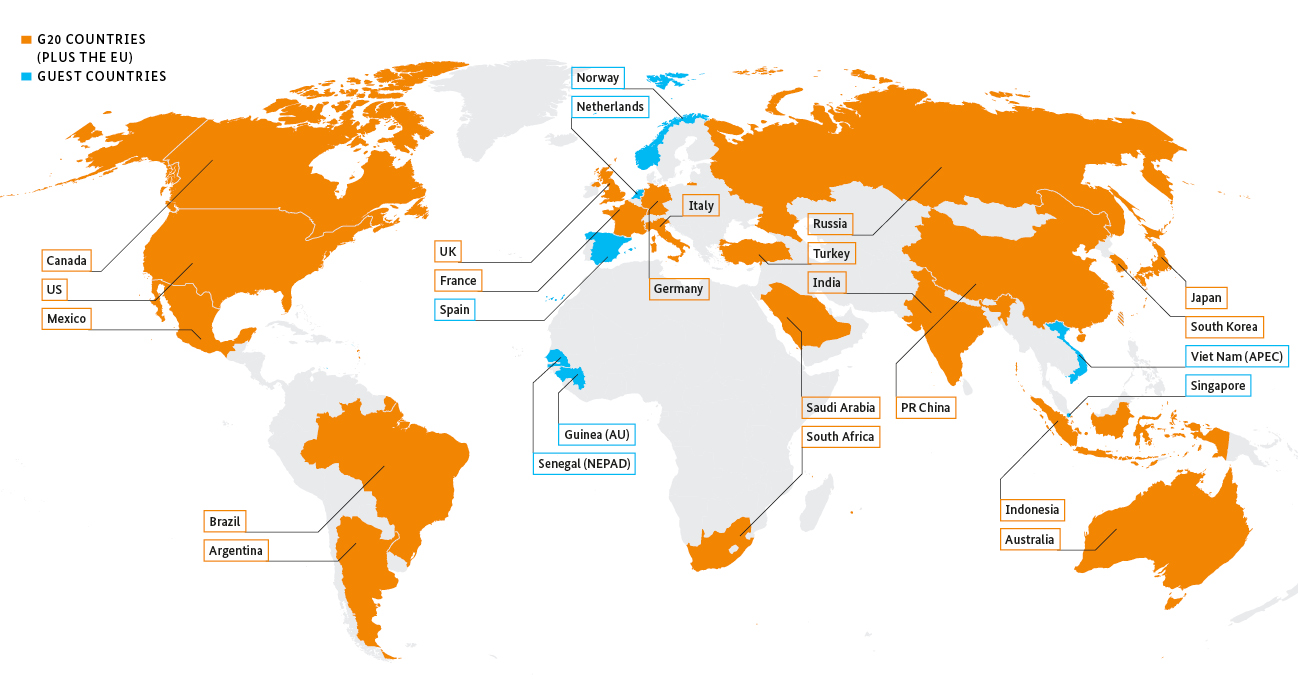Branding Meets Web Design: Creating a Cohesive Digital Identity
To create a cohesive digital identity, certain elements of branding must be seamlessly integrated into your web design:

In today’s digital-first world, having a strong online presence is more than just a necessity—it’s a cornerstone of success. But simply having a website isn’t enough. The magic happens when branding and web design work hand-in-hand to create a cohesive digital identity that captivates your audience, builds trust, and sets you apart from the competition.
The Importance of a Unified Digital Identity
A cohesive digital identity is the seamless alignment of your brand’s visuals, messaging, and values across all digital platforms. According to a study by Lucidpress, consistent branding across all channels increases revenue by 23% on average. When your website echoes your brand’s identity, it reinforces trust and recognition, which are vital in today’s competitive marketplace.
Why Branding and Web Design Are Inseparable
Branding is the essence of who you are as a business—your mission, vision, and personality. Web design, on the other hand, is the visual and functional expression of that identity online. Here’s why they’re inseparable:
· First Impressions Matter: Studies show that it takes only 0.05 seconds for visitors to form an opinion about your website. A visually appealing, on-brand website can make all the difference.
· Trust and Credibility: A Stanford University study found that 75% of users judge a company’s credibility based on its website design.
· Seamless User Experience (UX): When branding and web design are aligned, users navigate your site effortlessly, leading to higher engagement and conversions.
Key Elements of Branding in Web Design
To create a cohesive digital identity, certain elements of branding must be seamlessly integrated into your web design:
1. Visual Consistency
Your logo, color palette, typography, and imagery should remain consistent across your website and other digital platforms. For instance, Coca-Cola’s iconic red and white branding is instantly recognizable across all mediums, reinforcing its identity.
2. Tone of Voice
Your website’s copy should reflect your brand’s personality. Whether you’re professional, playful, or authoritative, the tone must be consistent. Mailchimp, for example, uses a friendly and approachable tone to connect with its audience.
3. Purpose-Driven Design
Every element of your website should serve a purpose that aligns with your brand’s goals. For example, if you’re an eco-friendly brand, incorporating sustainable design elements and messaging can reinforce your mission.
Real-World Examples of Branding Meets Web Design
· Apple: Apple’s website exemplifies minimalism and sophistication, mirroring its brand ethos of innovation and elegance.
· Airbnb: Airbnb’s website leverages inviting visuals and a user-friendly design to reflect its mission of creating a world where anyone can belong.
The Role of Data in Enhancing Branding and Web Design
Leveraging data can elevate your branding and web design strategy. According to Adobe, companies with strong design outperform those with weak design by 219% on the S&P 500 Index. Use analytics tools to understand user behavior, identify design pain points, and refine your approach for better results.
Statistics That Prove the Power of Cohesive Branding and Web Design
· 94% of first impressions are design-related (Source: ResearchGate).
· Websites with strong branding elements have up to 30% higher engagement rates (Source: HubSpot).
· Color improves brand recognition by 80% (Source: University of Loyola).
How to Get Started
Creating a cohesive digital identity requires collaboration between branding experts and web designers. Here’s a roadmap to get started:
1. Define Your Brand Identity: Clarify your mission, values, and target audience.
2. Work with Professionals: Collaborate with branding and web design specialists to bring your vision to life.
3. Test and Optimize: Continuously gather user feedback and data to refine your digital presence.
Conclusion
In a world where every business is vying for attention, aligning branding and design is no longer optional—it’s essential. A cohesive digital identity not only enhances user experience but also drives engagement, builds trust, and boosts your bottom line. Start today, and let your brand’s personality shine through every pixel and line of code.
What's Your Reaction?




















